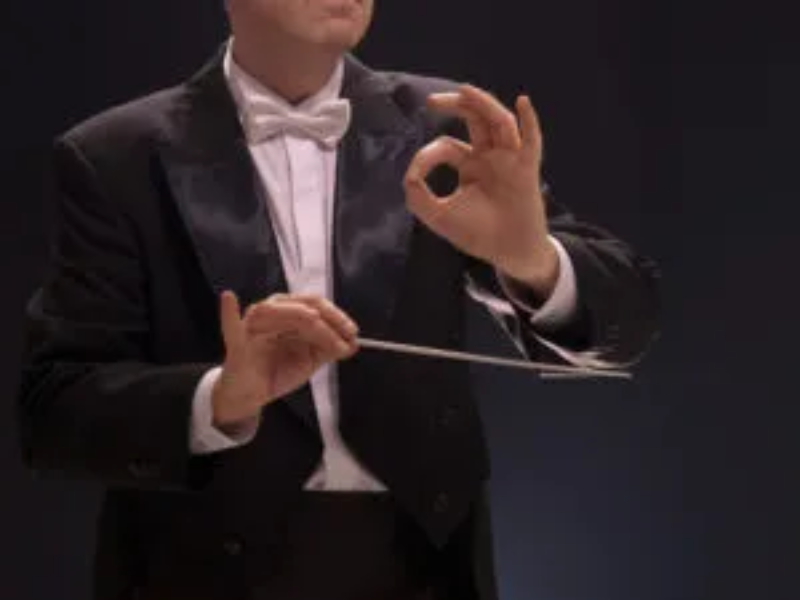
Direct or directive? How language shapes how you coach
To coach effectively is to commit to continuous development.
The best coaches reject the idea that securing accreditation or clients is the ultimate goal of coaching. Instead, they continue their inquiry. They equip themselves with the skills they need to create an environment in which others can do the great thinking which enables them to thrive.
This is just one of the reasons why I love what I do. There are so many ways in which I can learn and enrich both my life and my coaching skill set. I can learn from other professionals and research from a wide range of disciplines, I can learn from my clients and the opportunities and challenges they and their organisations face, I learn about myself – what ‘hooks’ me, my impact on others, my presence in a room (or Zoom), the variety of responses from clients to the same intervention or approach.
Coaching reminds me that there isn’t a single way to coach and it has therefore shaped i-coach’s research and development offer for coaches. For us, who you are is how you coach. We encourage you to make this explicit so your clients can truly partner with you.
Over the years, I’ve given a lot of thought to language and communication including how our early experiences and cultural differences impact on language style and approach. Growing up in South Africa and a family dynamic that encouraged challenge of the status quo (or, to put it a different way, didn't let sleeping dogs lie!) is one influence on my coaching approach and encourages me to encourage coaches to notice the difference between being direct and being directive.
Being direct
To be direct means to communicate in a clear, precise manner. In conversation with a client, it might mean observing or reframing what an individual says and offering, without judgment or bias, a different perspective. It doesn’t mean becoming a robot, on the contrary, it means being fully present, fully engaged in their experiences, perspectives, world-view and feelings.
A lot of good comes from being direct. I’ve found that when coaching senior leaders, it makes them sit up and take notice because it’s not often that leaders encounter directness. After all, we tend to want to give our bosses the best possible news in the best possible way. We sometimes slip into flattery which feels nicer, safer too. Being direct can appear to be a challenge which can be quite a daunting prospect.
But in directness, there is challenge and a chance to think in a different way. This ultimately means that the client has more opportunity to explore what truly matters rather than reflecting on surface issues. It can help to unlock new insights and enable a different depth of conversations. The caveat for this is that in coaching, a strong trusting relationship and partnership is the foundation and until this is formed and trust established being too direct can have a negative effect. Directness alone without consideration of the strength of the relationship or timing is unlikely to be effective in my experience.
Being directive
To be directive, on the other hand, is different. A coach who is being directive provides advice or direction, which is typically drawn from their own experience.
Now there are some positives in a directive style of helping – in a crisis or when expertise is required. Edgar Schien offers some wonderful insight on this.
But what I find from a directive approach when supporting someone to learn is that, in the long term, it doesn’t really empower the client. The balance in conversation shifts, so the other person is less likely to think critically, creatively or independently. The client is less likely to build their confidence and notice their ideas and strengths. Coaches who allow others to hear and see themselves, to explore what is truly important to them are more likely to unlock the potential of their clients and support them to feel empowered, positive and confident.
Sharing experiences and expertise has a role in helping others so nothing is binary, but there are ways to share experience that are less directive and more empowering. This is why adopting a coaching mind-set as a leader, mentor or parent can make such a difference.
The coach who draws on a ‘tried and tested’ personal experience, limits their client’s confidence to let the client fly independently, as it were, and learn from them.
The difference between being direct and directive is similar to the difference between being helpful and being useful. Being helpful means that it’s more about me, Caroline, rescuing someone than it is about the client. Being useful is not about rescuing a person, it’s about focussing on the role you need to support the person to get the best outcome for themselves.
At i-coach, we believe in the idea that the coach is the primary ‘instrument’ in the coaching intervention. Self-awareness is an ongoing journey and enables coaches to learn deeply about who they are and in turn be more effective and useful to others. In our development programme we support coaches to recognise this distinction and to notice it in their own practice. We offer powerful tools and techniques to help coaches on their journey, which in turn benefit the journeys of others.